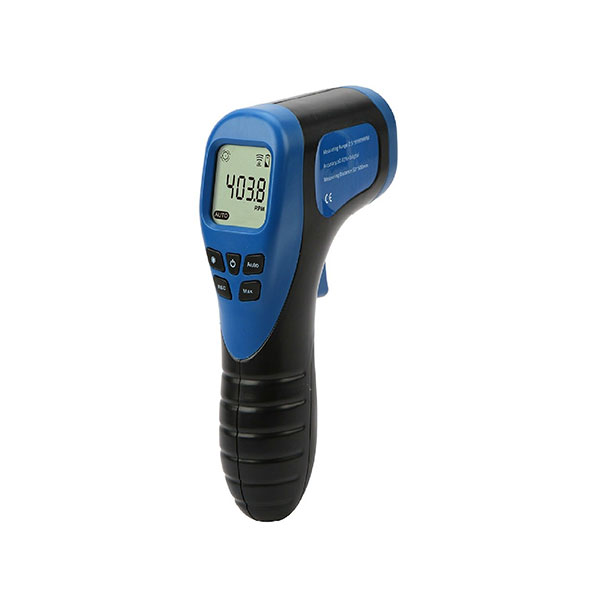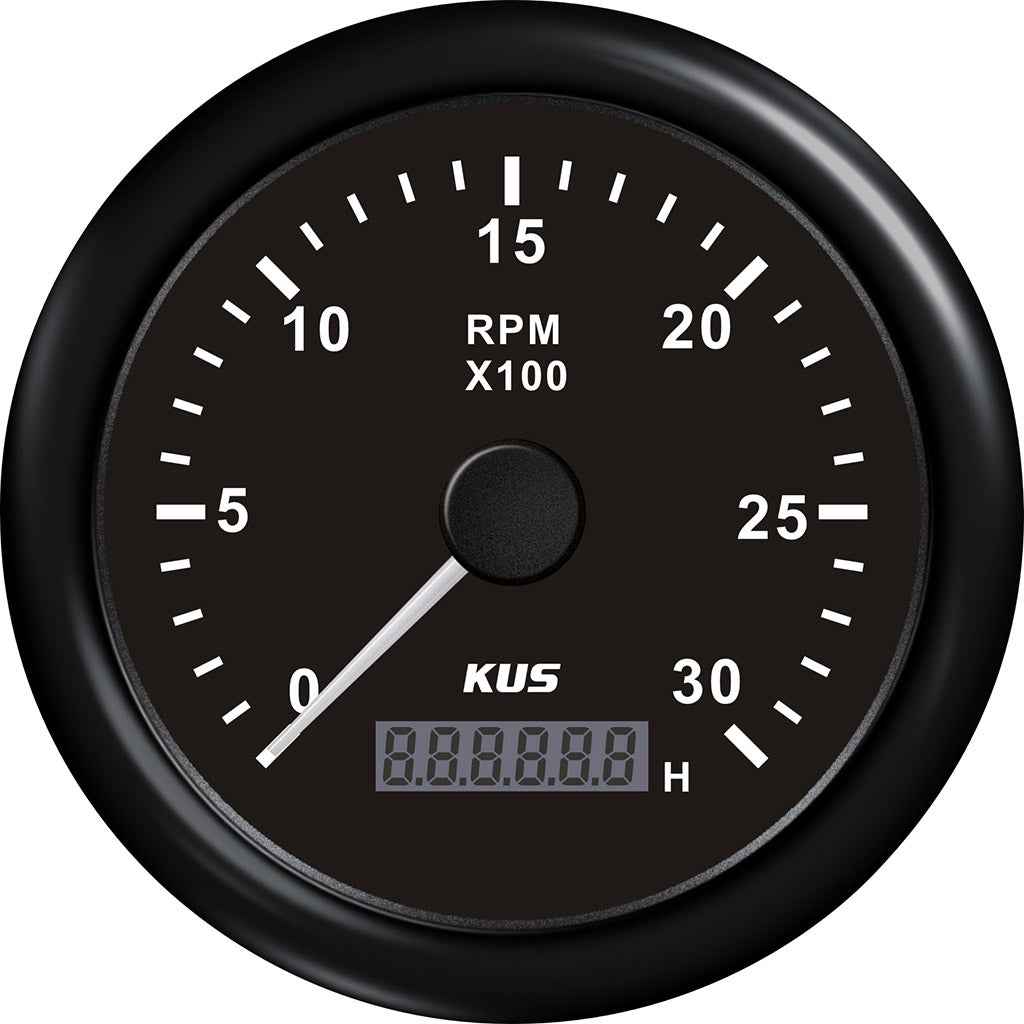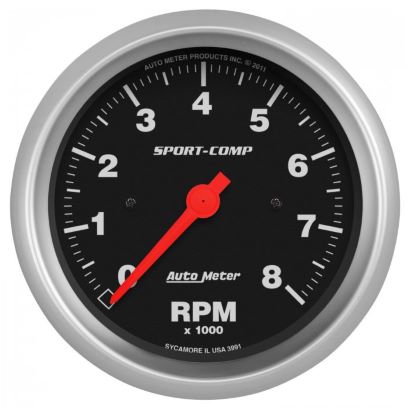The Value of a Tachometer in Keeping Track Of Engine Speed and Performance in Automotive Applications
In the world of automobile design, the tachometer stands as an essential tool in the chauffeur's toolbox, providing a direct home window into the inner operations of a car's engine. Past its function as a plain gauge of transformations per min (RPM), the tachometer works as a critical tool for lovers and experts alike, providing real-time understandings right into engine efficiency and health and wellness. Understanding the significance of this tool exceeds surface-level observations, diving into the complex relationship between engine speed, power outcome, and total driving experience. As we explore the multifaceted role of the tachometer in automobile applications, a much deeper appreciation for its impact on car characteristics and performance starts to arise.
Relevance of Monitoring Engine RPM
Monitoring engine RPM, or changes per minute, is a vital element of automobile maintenance and performance evaluation. Engine RPM straight correlates with the speed at which the engine's crankshaft rotates, indicating just how promptly the engine is running - tachometer. By keeping an eye on RPM, auto mechanics can evaluate the health of the engine, spot potential concerns, and fine-tune efficiency. An irregular RPM reading might signify issues such as engine misfires, defective ignition system, or concerns with the gas shipment system. Consistently high RPM analyses can suggest aggressive driving behaviors or the requirement for a higher equipment shift to boost gas effectiveness.
Additionally, keeping an eye on engine RPM is important for performance assessment in auto racing and high-performance cars. Keeping ideal RPM levels is vital for achieving peak power outcome and acceleration. Racers commonly use tachometers to guarantee they are operating within the suitable RPM range for maximum efficiency. In summary, keeping an eye on engine RPM is not just vital for spotting issues but additionally for optimizing engine efficiency in numerous vehicle applications.

Benefits of Real-Time Data
In vehicle applications, real-time information plays a crucial role in offering immediate insights into the efficiency and problem of the automobile. By continually keeping an eye on various parameters such as engine speed, temperature, fuel consumption, and extra, real-time data provides numerous benefits that add to improved efficiency and security when traveling.
One considerable advantage of real-time data is its capacity to sharp vehicle drivers and professionals to any kind of abnormalities or problems quickly. This proactive approach enables fast recognition of prospective problems, allowing for prompt treatments to avoid further damages or failures. Furthermore, real-time data facilitates efficiency optimization by offering immediate responses on driving behaviors and engine effectiveness. Chauffeurs can adjust their actions in real-time based on this details to accomplish better fuel economic situation and extend the lifespan of their lorry.

In addition, real-time data plays a crucial role in contemporary automotive his response diagnostics, allowing technicians to rapidly detect and deal with breakdowns. This leads to minimized downtime, lower maintenance expenses, and inevitably, improved general lorry reliability and durability (tachometer). By taking advantage of the power of real-time information, automotive stakeholders can make educated choices that favorably influence both the efficiency and long life of the vehicle
Effect on Equipment Shifts
The tachometer plays an essential duty in enhancing gear shifts by providing real-time engine rate information to the vehicle driver. When coming close to the Recommended Site redline on the tachometer, it signals the vehicle driver to upshift to stop over-revving the engine and triggering possible damage.
In addition, the tachometer help in achieving smoother equipment changes, especially in manual transmissions. By monitoring engine speed, drivers can carry out gear changes at the optimal RPM variety, minimizing jerking activities and decreasing wear on the transmission parts. This accuracy in gear modifications not just enhances driving comfort however likewise adds to sustain efficiency.
Enhancing Fuel Efficiency
Offered the vital function the tachometer plays in enhancing gear changes for performance and engine health, it directly adds to maximizing fuel performance in automotive applications. By providing real-time responses on engine rate, the tachometer aids vehicle drivers in keeping the most reliable RPM range for gas economic climate. When vehicle drivers consistently keep track of the tachometer and adjust their motoring behaviors accordingly, they can prevent unneeded gas usage triggered by over-revving or carrying the engine.
Furthermore, the tachometer click to find out more helps vehicle drivers determine one of the most fuel-efficient gear to be in at any type of provided moment, stopping the engine from working more challenging than essential. This is particularly essential throughout velocity and travelling, where being in the right gear can significantly influence gas efficiency. Furthermore, the tachometer can notify vehicle drivers to possible mechanical problems that can be negatively influencing gas economic situation, such as a sliding clutch or a blocked air filter. In final thought, the tachometer functions as a beneficial device in improving gas performance by promoting optimum driving practices and identifying areas for renovation in the car's performance.

Making The Most Of Engine Durability
The tachometer's duty in monitoring engine rate and efficiency contributes in guaranteeing the longevity of automotive engines. By making use of the tachometer successfully, drivers can maximize engine durability with mindful RPM monitoring. Constantly revving an engine expensive can lead to too much deterioration on important parts, such as the pistons, shutoffs, and bearings. In time, this can cause lowered engine performance and possible breakdowns. Keeping an eye on the tachometer enables chauffeurs to remain within the suggested RPM range for their automobile, avoiding unneeded strain on the engine and expanding its lifespan.

Conclusion
To conclude, the tachometer plays a vital role in checking engine speed and performance in automobile applications. By offering real-time information on RPM, it enables for reliable equipment shifts, improved gas performance, and optimized engine long life. This tool is vital for maintaining ideal engine performance and making certain the general functionality of an automobile.